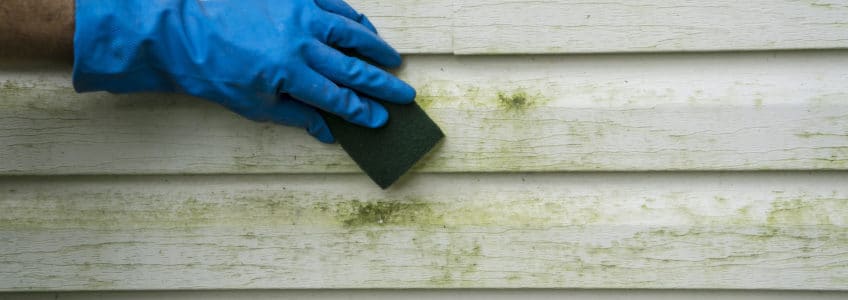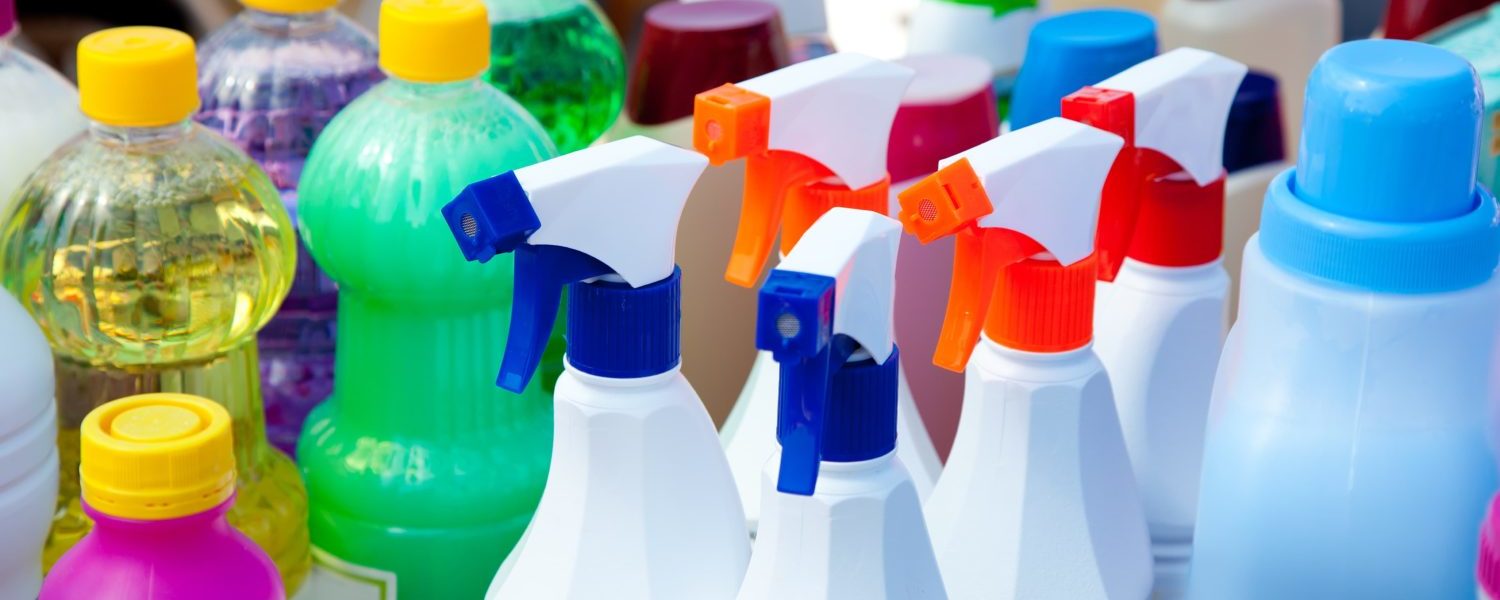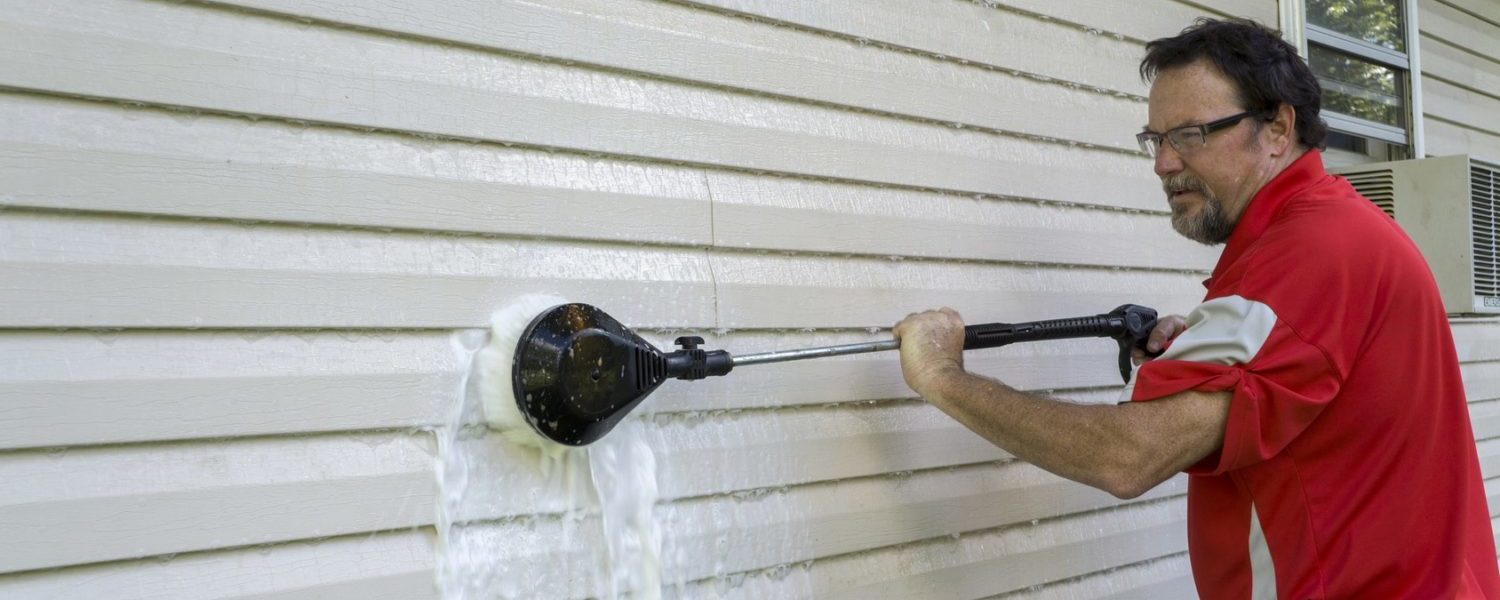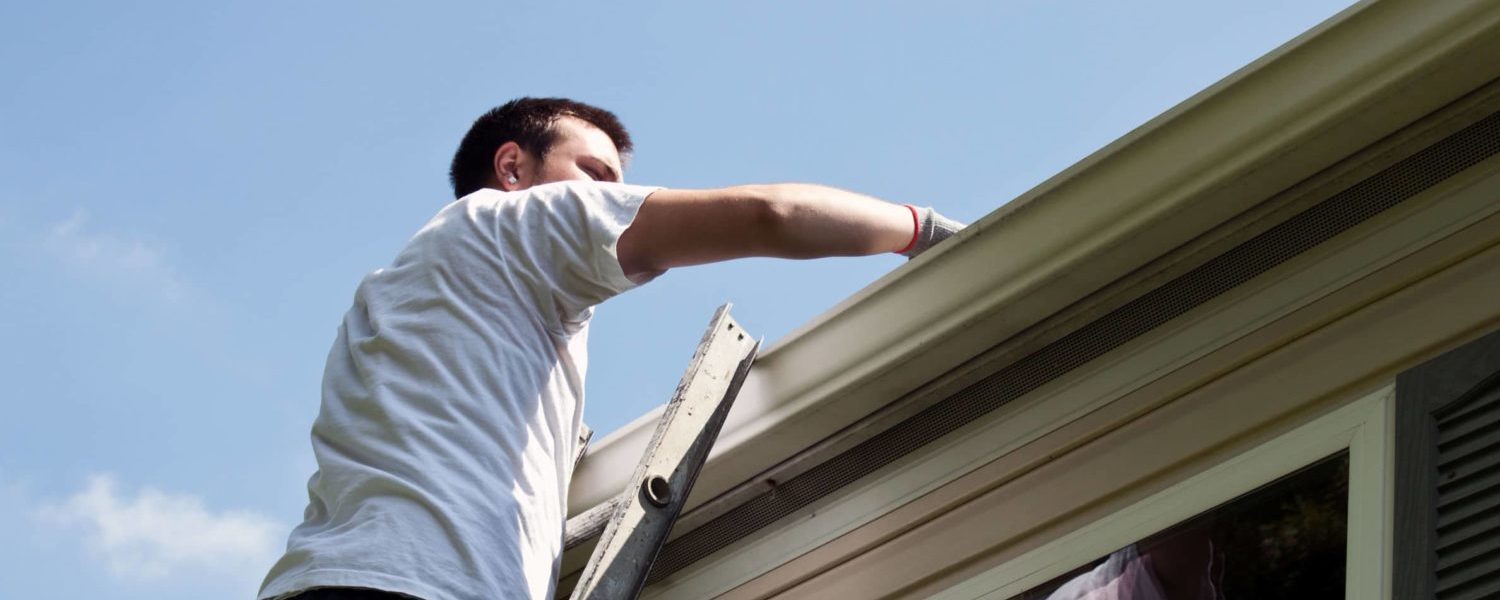
Discovering mold has made a home on the siding of your home can be quite alarming, and often sends homeowners into a frenzy as they try to find the best solution. Mold has likely found a home on your siding because it hasn’t been cleaned for a while; accumulated grease, grime, dirt, and plant materials are also factors in its cultivation. Often, this issue can be resolved with a few hours of free time, assessment, and research to identify the best approach and materials needed to destroy the mold.
Causes of Mold Growth
Mold can be tricky to find if it’s in an area that homeowners don’t usually pay attention to. Mold is fuzzy or slimy in appearance and ranges in color from dark green to bright red to black. If an unfamiliar, musty smell is recognized, it’s recommended to check every inch in question as mold that isn’t discovered can cause structural damage, allergic reactions, and respiratory issues.
Thriving in dark, warm, humid environments, it can quickly grow on porous materials like wood and paint. It’s essential to give special attention to areas that never get direct sunlight, shaded by trees and bushes, or frequently encounter condensation or moisture from faucets and sprinklers.
Selecting a Cleaning Solution
Determining the proper cleaning solution to utilize in the removal of mold is crucial to its destruction. Identifying the size of the area you’re working with, and how extensive the growth is are two factors to consider when examining your options. Ultimately, research is highly recommended so the process is executed correctly, and potential damages are kept to a minimum. While there are many different chemicals and solutions, some may be more effective with the materials and type of mold you’re working with.
- Windex
- water and vinegar solution
- dishwashing liquid
- oxygen bleach
- diluted chlorine bleach
Testing
Certain chemicals and tools can damage your vinyl siding extensively, making it very important to test all items being utilized on a small, out of sight area so you can determine the possible result. If any damage is shown, it’s important to reevaluate and approach with a different option. Vinyl siding material is known to be finicky with certain chemicals and methods, so it’s encouraged that you check with the manufacturer before going forward with your clean to determine any pointers or tips they may have.
Preparation
Be sure to gather all your cleaning materials and tools that will be utilized in the process, so they are readily available and of easy access. If there are plants, pets, or any other items that could potentially be harmed by the selected cleaning materials, it’s highly advised to provide proper protection, so these items are not damaged.
Thoroughly water any plants in the proximity of where you will be working and cover larger plants with a tarp or plastic sheeting. After the cleaning process, be sure to re-water any nearby plants that may be getting a run-off of chemicals.
Cleaning
Identifying the structure and strength of your siding is also crucial to the cleaning process. While there are a few different practices that can be utilized, the age of your siding, as well as the durability, can factor into which method is selected.
Scrubbing
It’s strongly encouraged to attempt to scrub the problem area with the chosen cleaning solution and a long-handled brush, sponge, or soft cloth before utilizing a pressure washer. This not only lets you assess the situation further but will also prevent potential damage from the pressure washer if the accumulation is less invasive than was initially suspected.
Pressure Washer
Many vinyl siding manufacturers do not recommend pressure washing their products as the strength of the water can often destroy the product. However, it’s encouraged to utilize a pressure washer as a secondary option after scrubbing as it can be used in hard to reach or “tough-spot” areas. Be sure to adjust the pressure to a low setting with the appropriate nozzle. Typically, it’s best to start at the top of each wall and work your way down, maintaining a distance of at least a foot to avoid any further damage. Be cautious of how the water is being directed at the siding as collected water behind siding can lead to far more extensive issues down the road.
 Preventative Practices
Preventative Practices
Removing any sources of extra moisture is pertinent in the prevention of mold as mold thrives in damp environments. A great starting point is to monitor the maintenance of rain gutters and place your sprinkler in an area where it’s not directly aimed at the house. Additionally, it’s recommended that siding is washed at least once a year so that any problem areas can be prevented and identified.
Fungicide solutions and mold resistant cleaners should be incorporated in a preventative practice to kill the mold before development and growth. There are many more areas homeowners can focus on to continue preventing the accumulation of mold.
- trim trees, bushes, and climbing vines to ensure proper spacing
- allow for direct sunlight and adequate air circulation
- eliminate any moss growth
- check ventilation ducts and gutters
- determine best insulation options for home siding
If you want to limit the build-up of mold, it’s incredibly important to be aware of your resources and take proper preventative measures.
In Closing
Ultimately, mold can often be quite the annoyance in common households, whether it is on the interior or exterior of the structure. Identifying the cause or source of mold growth is the first step in successfully destroying the mold. After the underlying factor is located, individuals are encouraged to select a cleaning solution that is effective and efficient for the area that has been identified. Chemicals should be tested before use to ensure they don’t cause damage to the siding. Gather all necessary materials and tools while providing proper care and protection to items that could potentially be harmed during the cleaning process.
Determining the appropriate wash tools is pertinent to the condition and maintenance of your siding. Make sure to start with scrubbing, and end with a pressure washer should it be necessary. If you are uncertain of the correct method to utilize, it’s encouraged to contact the manufacturer for your vinyl siding as they can provide further, extensive information and suggestions. Proper preventative measures should be practiced in your household to limit the future build-up of mold as it can cause extensive damage to the structure of your house and the health of household members.



 Preventative Practices
Preventative Practices